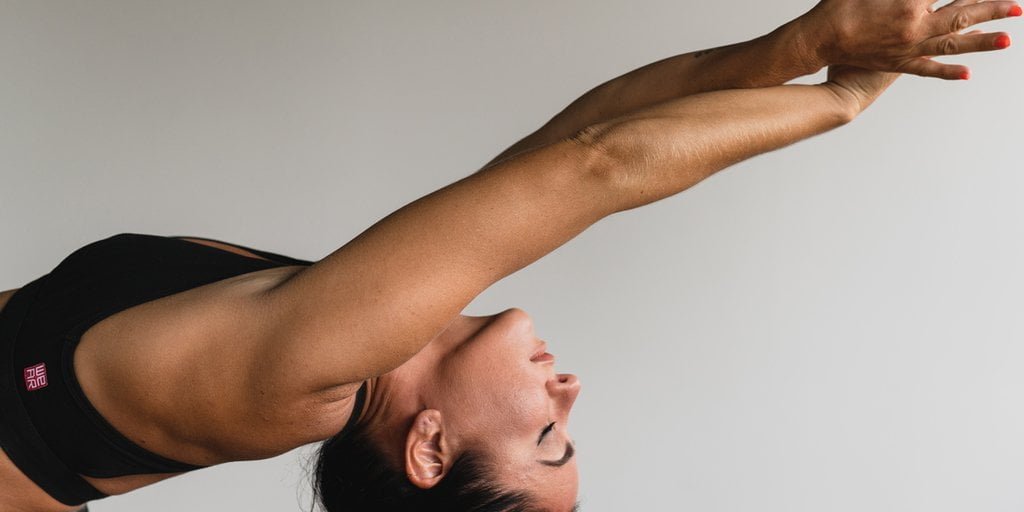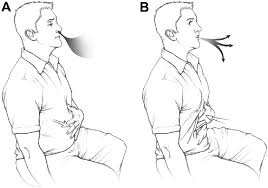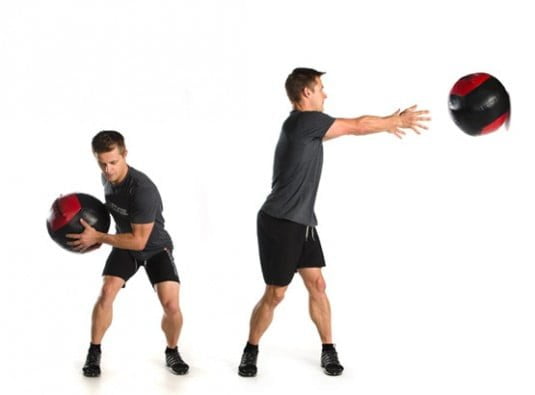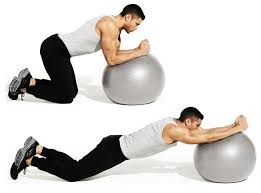Free up your shoulder for summer
As the new year rolls in, we are well into the active season. Warmer weather and longer days means we will be all out more and looking to get back into our fitness.
Swimming, surfing, paddling, tennis, cricket… how good is summer.
So, to prepare your body, ready for this assault of activity, follow these steps to defrost those shoulders and spine.
What can I do to free up my shoulders?
Give your mid-back a ribbing!
The shoulder joint is the junction where the upper arm bone (humerus) and the shoulder blade (scapula) meet. Its only ligamentous attachment to the body is via the collar bone (clavicle), meaning that it is effectively floating over your rib cage, with muscles pulling it in different directions. Most of these muscles have attachments onto the rib cage and are a common source of stiffness.
So, to get that shoulder moving, you have got to get those ribs moving.
How do I do that? Sounds painful…
It isn’t. In fact, it can be the most relieving feeling and provide the most change to your shoulder health.
- Invest in a Roller
The humble foam roller has to be the best bang-for-buck piece of equipment you can own (better than that swiss ball that’s still rolling around your house from years ago). It is used to help provide pressure on areas you can’t reach and facilitate individual joint movements to stiff regions. The exercises below are perfect to improve you spinal and shoulder mobility.
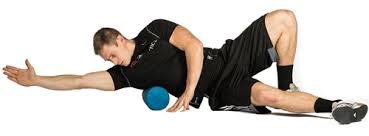
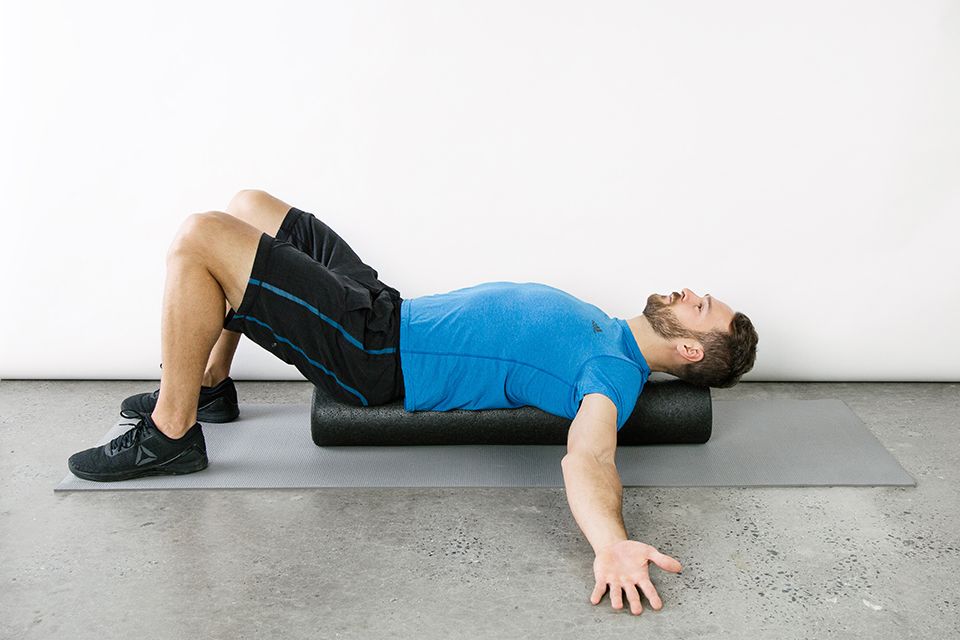
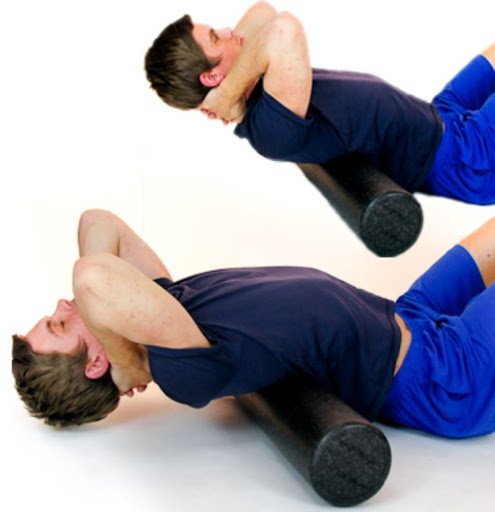
- Rotate, rotate, rotate
The way the spinal joints in the mid-back region are shaped, make them perfect for twisting. It has been shown that a lack of thoracic rotation can predispose the shoulder to injury. The following movement are a great way to improve the amount of rotation you can get, and off load the shoulder in doing so.
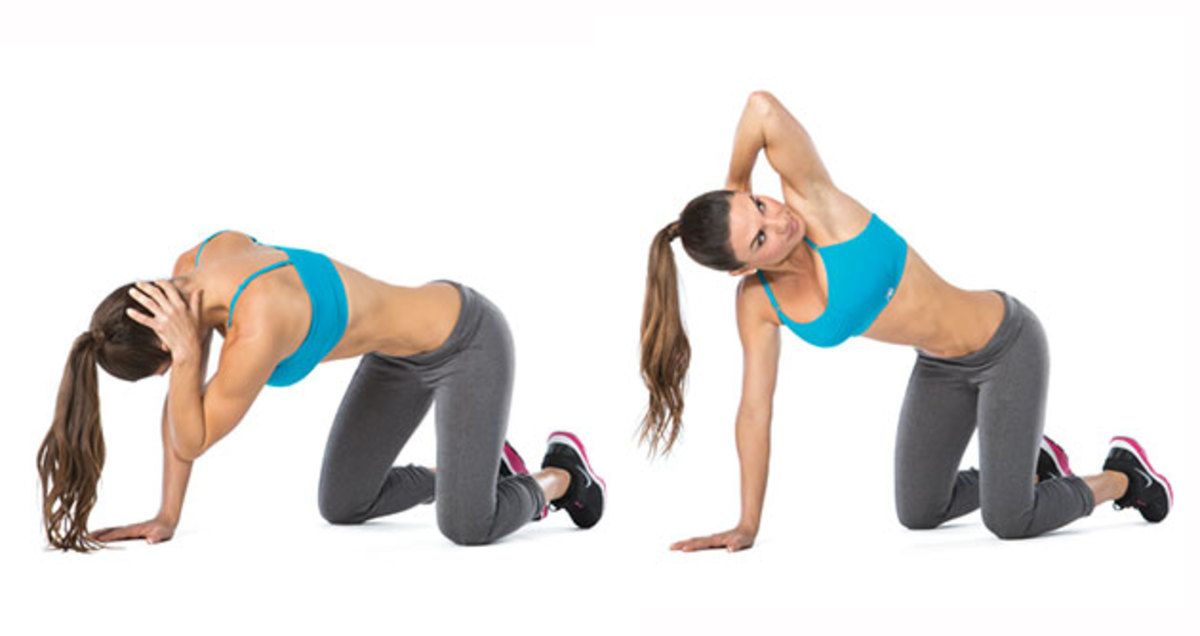
- Check your breathing
One of the most over-looked causes of neck and shoulder stiffness can be how you are breathing. The muscles of the neck and chest assist in breathing, but mostly when we are exerting our self (think about how someone looks right after a run: shoulder going up and down with neck muscle braced as they catch they’re breathe). In some people, these muscles become the primary breathing muscles rather than the diaphragm (see diagram below). So, by getting in tune with how you are breathing you can take the pressure off your neck and shoulders. Aim to expand the belly with the breath in.
4. Don’t just lengthen, STRENGTHEN!
Stretching is one way of reducing muscle tension (as is massage, heat packs or a cheeky glass of red) but the best way to gain and maintain flexibility is to strengthen THROUGH full range of motion.
But what does that mean?
It means using the muscles of the shoulder and trunk against resistance through long movements.
Have a look at the below examples of some thoracic and shoulder strengthening exercises that will make you more flexible.
Want something more specific? Book online with one of our physio’s or call 43145183 for an individualised assessment and tailored program.

